THOUGHTS ON MY CD MASTERING
[this article originally was posted Feb. 22/06 as part of my Artistshare site]
Sigame remains one of my favorite recordings, and I truly hope you will enjoy it as much as I enjoyed making it. As chronicled in an article wrote originally for DownBeat magazine just before the CD was originally released (entitled: “Ridin’ the Wave: My Major Label Journey”, the original version of which I’ve attached to the end of this article), it was really music that came out of the resolution of an admittedly frustrating several year adventure I had in which I did my “dance with the majors”, and was perhaps
Many people have inquired as to what exactly the mastering process entails. Often, it seems a mysterious and even redundant aspect of the whole CD-making experience. In truth, I consider mastering not only the icing-on-the-cake part of the recording proceedings, but really probably the single most critical component affecting the overall sound of the final product. But what is mastering, exactly, and how does it differ (and why is it separated at all) from the mixing process?
First, a note about mixing. For those not in-the-know, mixing is the process whereby the individually recorded tracks assigned to each instrument are adjusted such that their relative volumes make musical sense. Also performed during mixing are EQ adjustments (equalization) to the sound of each individual track (or instrument) to optimize that instruments individual sound. The various tracks are then individually panned as appropriate in the stereo field (and, increasingly, for 5 channel sound!), to create the illusion (or re-create the reality) of where the instruments should appear as one is listening. (For more on mixing, see my “Thoughts on the Mix” Project News entries elsewhere as part of this Project Experience).
Once I’ve had time to sit with the resulting mix, though, it’s time, again, for the “cherry on top” process of mastering. What exactly does a mastering engineer do? Essentially, they are charged with taking the final 2-track mix and applying appropriate further EQ to the overall sound, balancing the sound and track spacing from track to track, making any last minute fixes or edits to the mix as necessary, applying compression as needed (a process which levels off the perceived dynamic distances and makes a CD less subject to the necessity of turning up and down the volume as one listens, though sometimes if one is not careful, at the expense of subtly), and generally doing anything necessary to produce a finished product, ready to be sent off to the plant for duplication.
Mastering engineers have extremely varied approaches. Some use all digital consoles. My current favorite mastering engineer, Alan Silverman of Arf Digital! has various high-quality analog processors to preserve as warm a final sound quality as possible (helped further by preserving the original high sample-rate copy of the mix as the basis from which he does his magic).
However achieved, the resulting sound quality can vary drastically depending upon the inclinations and sensitivities of a particular engineer. This is why it’s certainly important to have a presence and provide input at the session if you are that CD’s producer/artist. Even with such input mastering engineers occasionally get it “wrong” (I’ve even been in the situation of having to go to a completely different engineer - in the case of my RCA CD “Anthem”- to try an entirely different take on the CD, because the first engineer’s take on the sound didn’t match what both the mixing engineer and I had envisioned).
In the case of Alan Silverman, his approach is somewhat unorthodox but I think highly logical and effective. Generally, he prefers, after an initial listen-through with the artist, to work alone and do his own best-guess stab at what the artist’s intent is. He will then send a reference master for the artist to listen to and offer further feedback, and he then provides at least one additional master before “sealing the deal”. In my case with my new Justin Time CD “Serenity”, we actually went through 3 passes of the master. The first was more a typical master, presumably with more compression performed and a more “in your face” sort of feel. I was concerned that the piano sound felt too heightened in the mix and the drums (particularly the higher end sounds) too “pushed” perception-wise, and I consequently asked him to try another pass that was closer to the warmer/mellower spirit of the original 2 track mix. The 2nd pass was almost too warm in this regard, and so by the 3rd pass he got things exactly right. I credit him with being extremely sensitive to an artist’s input, and (as was also the case with the mixing/recording engineer for the session Jim Anderson), always taking input seriously, even when I was unable to verbalize what I was looking for in exact, technical terms.
The resulting “Serenity” CD has achieved what I was looking for: a sense of warmth and naturalness, with the original performance and dynamics preserved, but also with no remnants of the slight digital “bite” that often occurs when recording digitally. I’m very pleased, and for those of you who have purchased the “Serenity Recording” Participant Offer, hope you will be, too!
- D.D. Jackson Feb, 22/06
